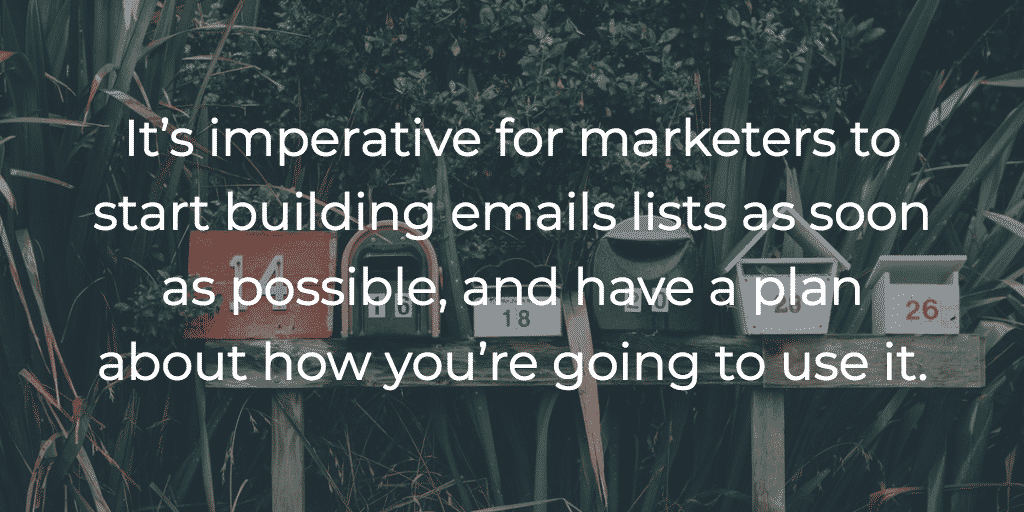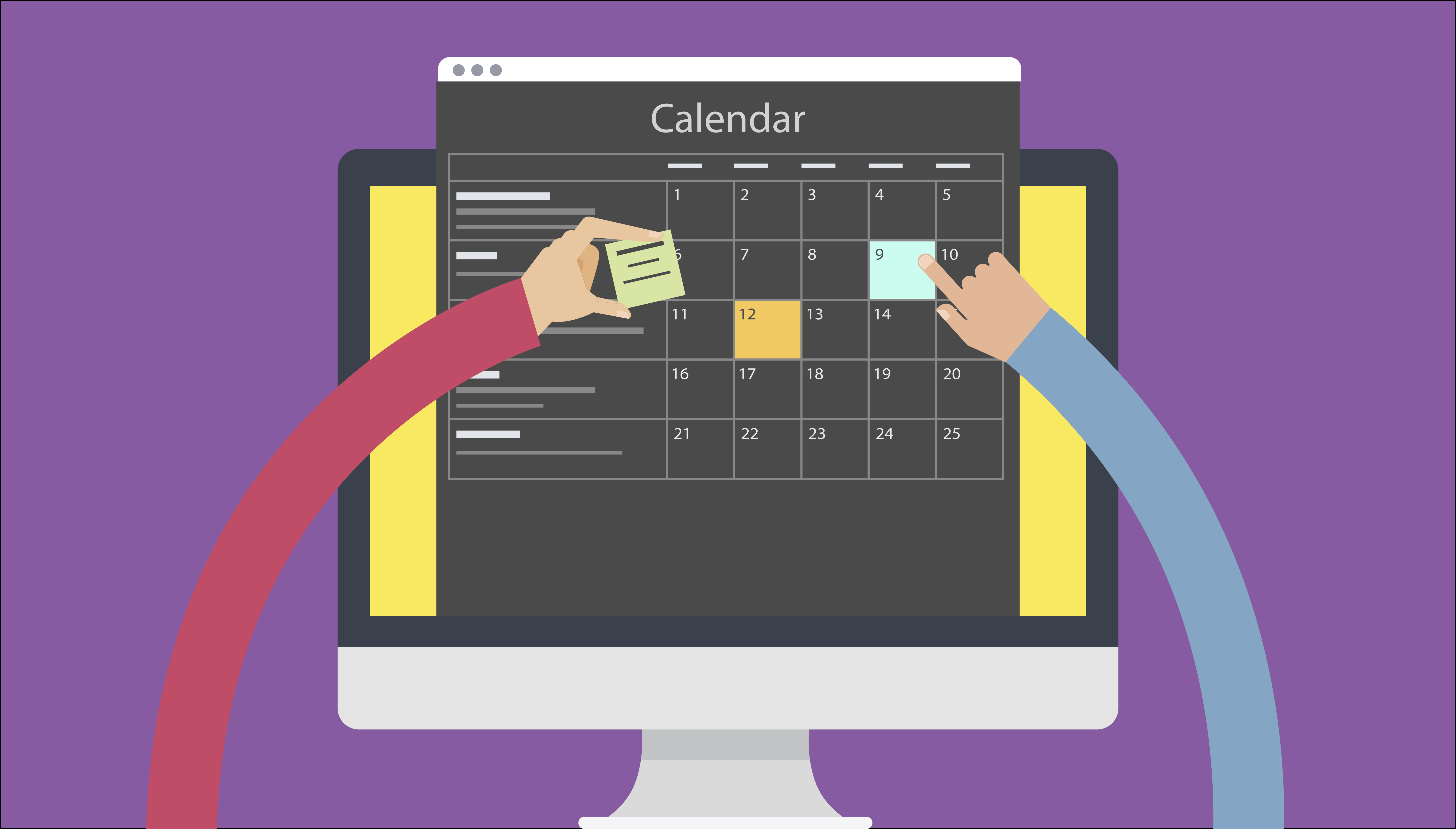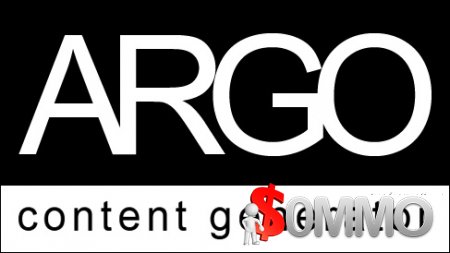
What is an impression? An impression is simply how many times a webpage or advertisement has been viewed by a potential client. Impression-based marketing is ideal for building brand awareness and spreading brand awareness. Impression tracking can be more quantitative than traditional offline advertising. For example, in Google AdWords, if you enter "organic chocolate," the number of impressions for your ad is 143. Impressive-based advertising measures increase ad exposure but don't need to track click through rates. It's better to track impressions alongside click-throughs.
The impressions are a sign of future performance. A high impression rate indicates your ad is likely to be successful. Your ad should receive a high number of impressions. Make sure that it is relevant to your audience. Your framing or content is likely to have low impressions. You can improve your reach and impressions by tweaking your framing and content.

You can increase your impressions by making your marketing content more useful. Promotional products as well as everyday wear can generate a lot of impressions. They can be used regularly by people and are often seen in public areas. You can boost your impressions with products such as shirts and calendars. Your goal should always be to build a community around your brand. A proven strategy to increase brand recognition is impression-based marketing.
Impressions are only valuable if they convert into leads. For example, a bus or radio ad with no call-to-action can be very effective because people remember it when they need the product or service. While it might be worthwhile to pay a high impression rate with a low CPM, you'll end up spending more money if the impressions don't convert into leads.
The number of users who complete certain actions following viewing an advertisement can be used to calculate the ROI (Return on Ad Spend). The ROI of an impression ad can be measured by comparing other data from the internet with the revenue it generates. The cost of impressions is multiplied by the revenue generated by the ad to calculate the return on ad investment. In addition to this, rich media is a growing trend in online creative. The digital files required more bandwidth than standard files. Software modifications are required for older systems to allow rich media content to be served. Real-time bidding allows impressions to be sold in real-time. Static auctions bundle impressions with 1,000.

Another way to calculate CPM is the cost per thousand. Advertisers pay per thousand impressions of an ad. Advertisers are charged for each time an ad appears online or on mobile phones, regardless of whether the user clicks or reads the advertisement. With CPM, advertisers are able to measure their expenses for massive amounts of impressions. This model can be used in conjunction social media and search engines advertising to significantly increase response rate, brand lift, as well as conversions.
FAQ
Is content marketing expensive?
It all depends on how big your business is and where you are at. Many start-ups don't have the resources to invest in marketing. As they grow, small businesses realize the importance of a solid content marketing strategy to increase sales and customer engagement.
You'll have access to a variety of tools and expertise when you work with a freelance writer or content marketing agency. These professionals can help to identify potential problems within your company and guide you in the development of your content-marketing program.
A strong content marketing strategy will provide enough income to cover production costs, while also giving you the opportunity to invest in other areas within your business.
What are the different content strategies available?
Content strategy can be described as a broad term that covers all aspects of creating, managing, distributing, measuring, and optimizing content for digital channels. It encompasses more than what you post on social networks like Facebook and Twitter. It also includes what content you select to highlight on your blog, website, and other online properties.
Content strategy is essential because it helps you determine where to focus your efforts, what content type you should use and what messages you want to send.
It's about understanding how content fits into the overall business goals and objectives to help you achieve them.
What length should my content marketing campaign last?
This will vary depending on industry and the type of product/service offered.
You might spend one to three months designing a new pair of shoes if you are selling shoes. You might launch the new product in August, and then keep it updated throughout the year.
If you're selling clothing, you might design one look for fall and another for spring. Your goal is continually offer something fresh so your audience never gets bored.
Your goals determine the length of your content marketing campaign. For small-scale businesses, you may only need to focus on one channel. To reach large audiences, larger companies might need to consider several channels.
Statistics
- Companies that use content marketing see approximately 30% higher growth rates than businesses not using it. (mailchimp.com)
- According to our research, 65% of companies with very successful content marketing in 2021 ran content audits at least twice a year. (semrush.com)
- According to the Content Marketing Institute, 70% of B2B marketers and 86% of B2C marketers surveyed use content marketing in some form or other. (criteo.com)
- Out of the 1,500 marketers we surveyed for our State of Content Marketing report, 78% who felt their content marketing strategy was exceptionally effective in 2021 had documented their strategy. (semrush.com)
- Content marketing produces 3X more leads per dollar spent. Content marketing costs 62% less than traditional marketing. (criteo.com)
- Progress indicators (0–100%) allow each team member to see how attainable each goal is and understand what remains to be accomplished. (semrush.com)
- Forty-seven percent of buyers view 3 to 5 pieces of content before engaging with a sales representative. (mailchimp.com)
- According to research compiled by Coschedule: Companies that publish 16+ blog posts a month get as much as 3.5x as much traffic as those that publish 0-4 posts a month. (criteo.com)
External Links
How To
Infographic Creation Tips for Content Marketing
Infographics can be a great way to simplify complex concepts and make it easy to understand. Infographics can be used to communicate your message.
For creating an infographic you'll need software such as Adobe Illustrator and Photoshop. These programs can be used to create different shapes and elements that represent your data. Then, you can add colors and fonts to make it look great. After your design is complete, you can upload images from Unsplash and Pixabay to your design.
Look online for inspiration to create your own infographics. You could use a photo of a food pyramid to show the calories in particular foods. Then, replace those numbers with photos of the foods. Or, you might choose to look up how much sugar is in soda pop and change that number to a picture of a bottle of Coke.
Once you have created your infographic it is possible to share it via social media channels like Facebook, Twitter and Google+. This helps people who aren't familiar with the concept learn about it. Use hashtags to let others know what infographic you are sharing on social media. Users can follow conversations around specific topics using hashtags.
If you decide to create an infographic, try making your posts shorter than usual. A blog post may be 2000-5000 words long. An infographic requires only 500-1000 words. This means that you can convey more information in a shorter space.
When designing your infographic, remember that some viewers may struggle to read small font sizes. Your graphics should be large enough in font size and not rely on too much color. You must also ensure that your text is easily read.
Here are some additional tips :
-
Choose an Infographic Design Template. There are many free templates available online and in printable formats. Canva (Piktochart) and Google Slides (Google Slides) are some of the most requested templates.
-
Make your Infographic. Use the template below to create your infographic. You can use any type of media that is appropriate for your audience. If you want to create an infographic on the best places for food in Seattle, for example, you might use photos from local restaurants.
-
Add text. Add text after you've created your infographic.
-
Add images. Your infographic can also include images. These images can include charts, graphs and icons. You should make sure that the picture you upload is related to your topic.
-
Make It Interactive. Interactive elements like buttons, maps and links can be added to your website. This will allow you to engage your audience.
-
Share. When you're done, share your infographic on social media sites like Facebook, Twitter, LinkedIn, Pinterest, and Instagram.
-
Measure. Your infographic's performance. Did people click through? Are they signing up for your email newsletter? What was their reaction?
-
Improve. Is there a way to improve your infographic? Could you do better next time?
-
Repeat. Repeat.